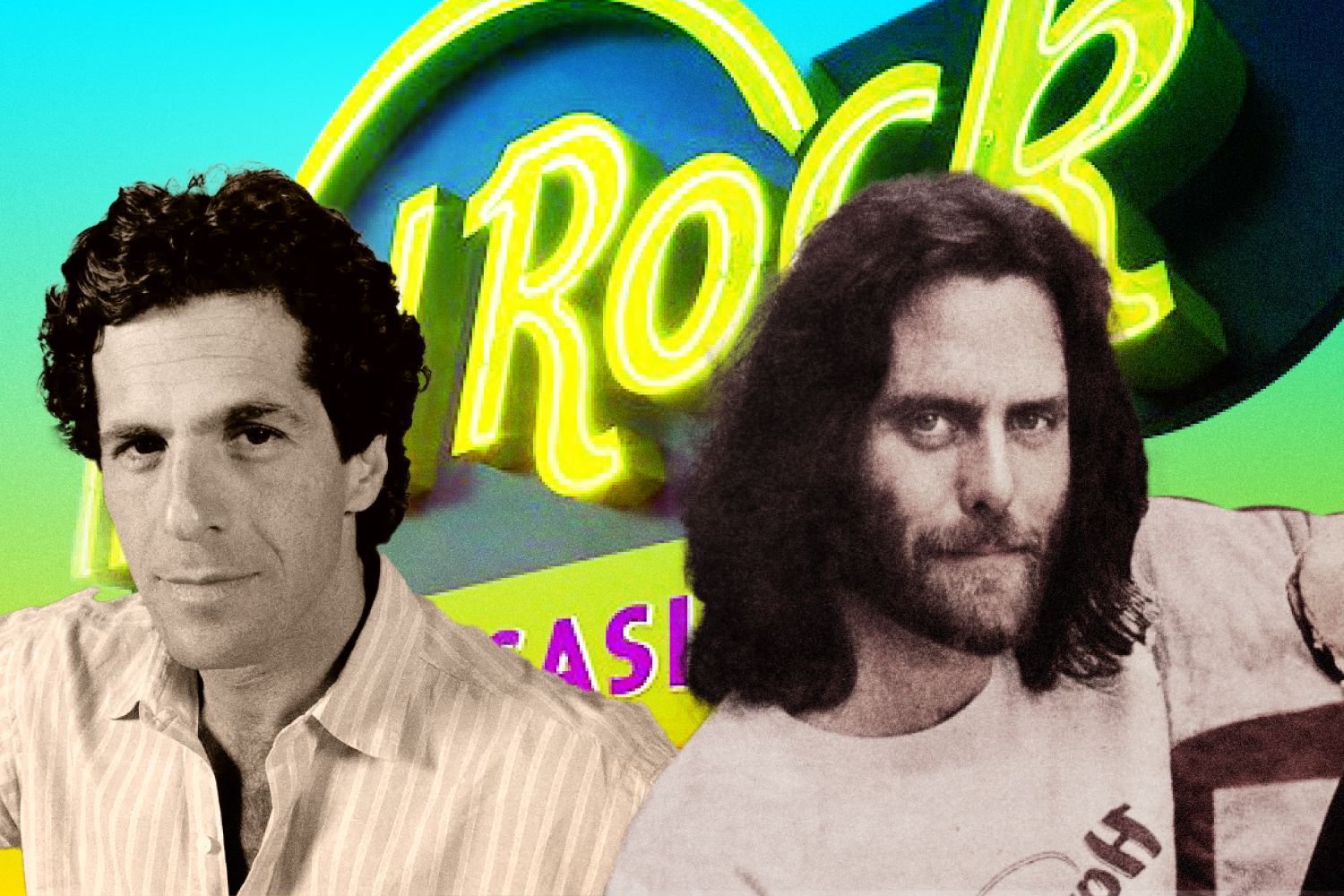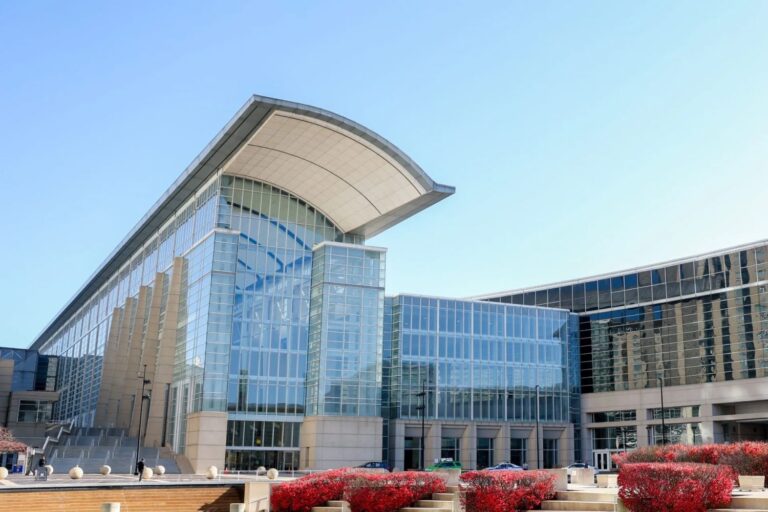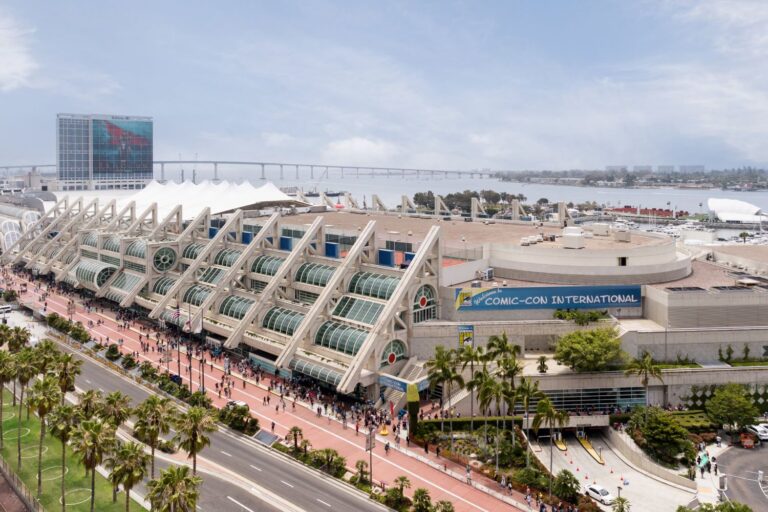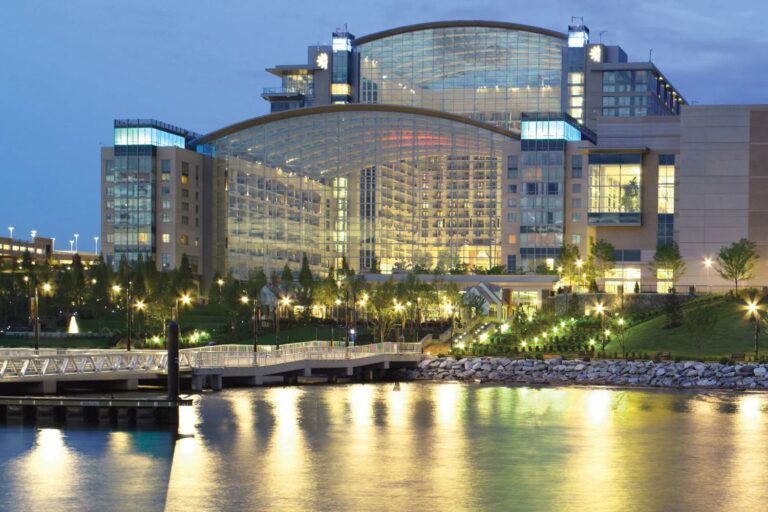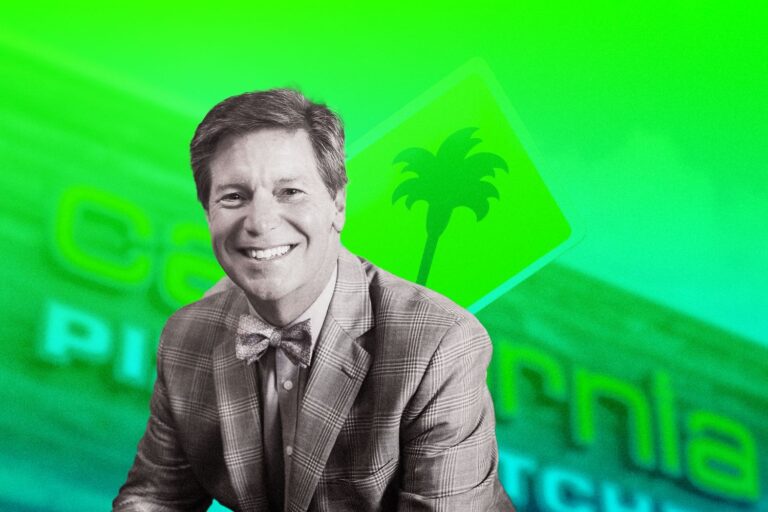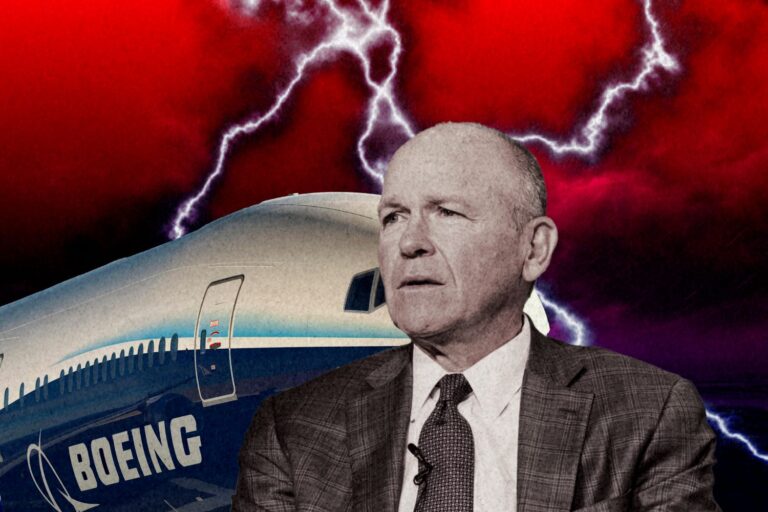The Rise of Hard Rock: How a London Spot Became a Worldwide Brand
If you’re in the mood for a cheeseburger while checking out Jimi Hendrix’s guitar, Hard Rock Cafe is the place to be. Even if you haven’t been in years—or have yet to visit—you’ve likely seen their famous Hard Rock Cafe t-shirts.
Hard Rock Cafe has spread its rock-themed vibe from exotic locations like Bali to family-friendly spots such as Pigeon Forge. The brand has expanded beyond restaurants to include hotels, casinos, and live music venues worldwide.
Let’s dive into the story of Hard Rock Cafe, exploring its origins and how it evolved into the global sensation it is today.
From London’s Hidden Gem to Global Rock ‘n’ Roll Icon
Morton, with his experience from his family’s Morton’s Steakhouse, wanted to introduce American dining to Europe. Tigrett, influenced by his travels and spiritual experiences in India, brought a different perspective. Together, they created a restaurant that combined their diverse experiences into something new.
The original Hard Rock Cafe opened in London’s fancy Mayfair District, known for its luxury hotels and formal restaurants. Located in an old Rolls-Royce dealership, it offered a casual atmosphere and American-style food, including hamburgers, which were uncommon in London at the time. This was before McDonald’s had even opened its first European or London location.
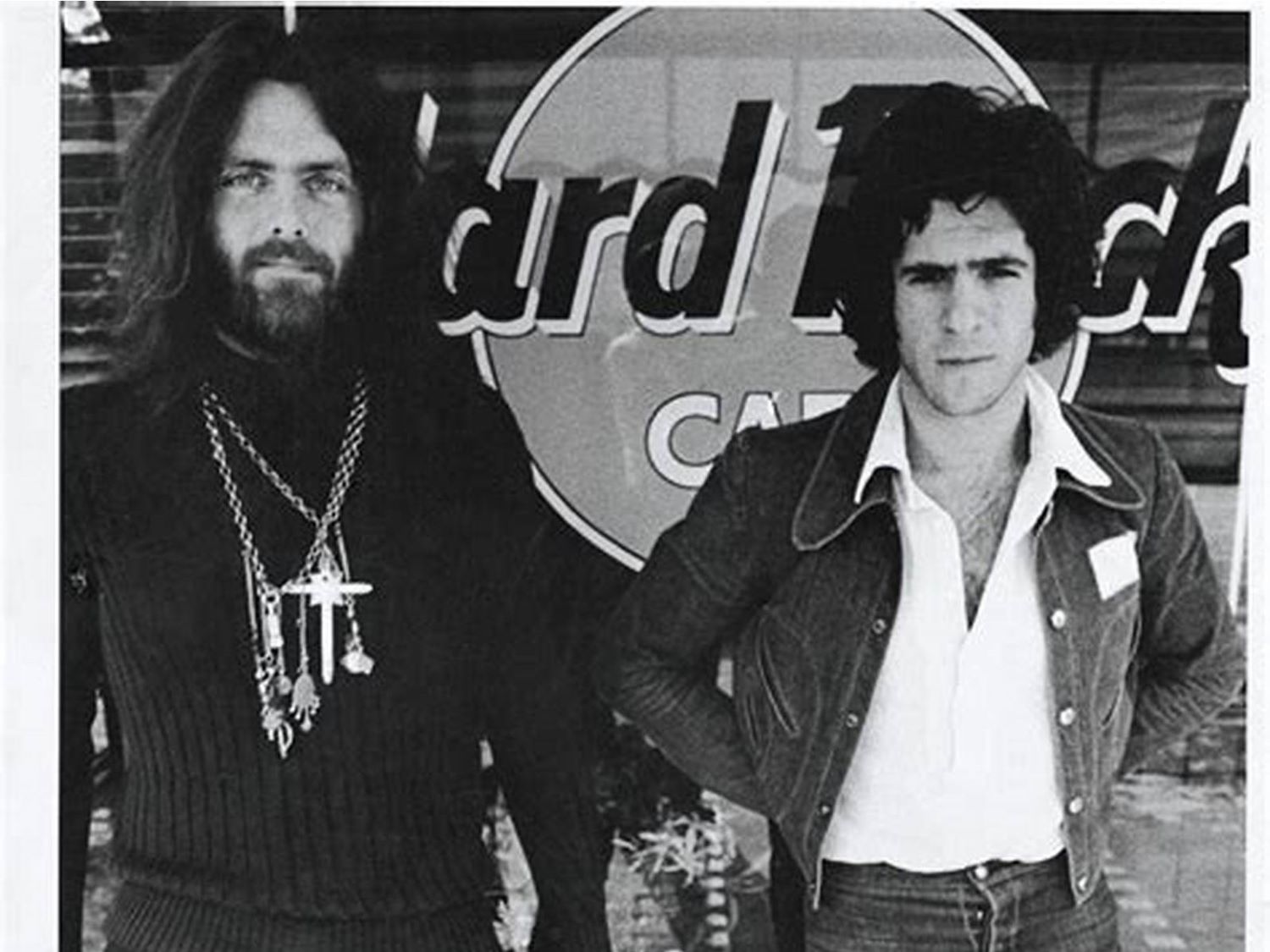
Ironically, Tigrett became a vegetarian soon after opening, but he helped make the restaurant stand out. The Hard Rock Cafe’s casual style and rock ‘n’ roll theme were very different from the fancy dining around it.
Even though the landlord only gave a six-month lease because he didn’t believe in the place, this difference helped Hard Rock Cafe become a popular spot with a lot of celebrities.
Today, Hard Rock is a global brand with over 200 locations in 75 countries, earning $5.9 billion a year. It now includes not just restaurants but also hotels, casinos, and live music venues. Even with its big expansion, the original vibe of Hard Rock Cafe – casual American dining mixed with rock ‘n’ roll – still defines it and connects with people all over the world.
“We are the greatest collector. We have about $5 million worth of stuff. Our dream is to have such a surplus that we can change the interiors of the restaurants,” said Tigrett.
According to Forbes, with $5.9 billion in annual sales, Hard Rock Cafe ranks among America’s 100 largest private companies.
Why Hard Rock Became So Successful
The success of a themed restaurant often comes down to how well it creates a unique and memorable experience. A great way to stand out is by using a strong celebrity connection, which can make the brand more appealing and noticeable. Hard Rock Cafe is a perfect example of this, using its ties to rock ‘n’ roll legends to offer a dining experience that immerses you in music history.
Hard Rock’s Celebrity Connections
Hard Rock Cafe’s celebrity connections have played an important role in its marketing success, enhancing its brand visibility and appeal. Hard Rock Cafe quickly attracted celebrities like Led Zeppelin, The Rolling Stones, and The Beatles to its original London spot. The place became even more famous when Carole King wrote a song about it.
Carole King’s song “Hard Rock Cafe” promotes the Hard Rock Cafe, saying “It’s really great down there, you’ll meet a lot of nice people, have a good time.” It’s on her “Carole King – In Concert” album from 1994, which isn’t available anymore and was made for a TV special.
And Paul McCartney and Wings had their first live performance there in 1973.
“You can’t claim to be a Hard Rock Cafe without adding in the music, can you? The first live performance there was Paul McCartney making his public debut with Wings. Something as epic as a Beatle debuting his new band was something only Hard Rock Cafe could host” – Hard Rock Cafe stated.
By the end of the 1970s, however, co-founders Peter Morton and Isaac Tigrett began to clash. Morton, focused on business and profits, and Tigrett, more creatively driven, struggled to align their visions for the restaurant’s future.
This tension led Tigrett to buy out Morton’s share of the business for over $800,000 and a legal battle over the Hard Rock name when expanding into the U.S.
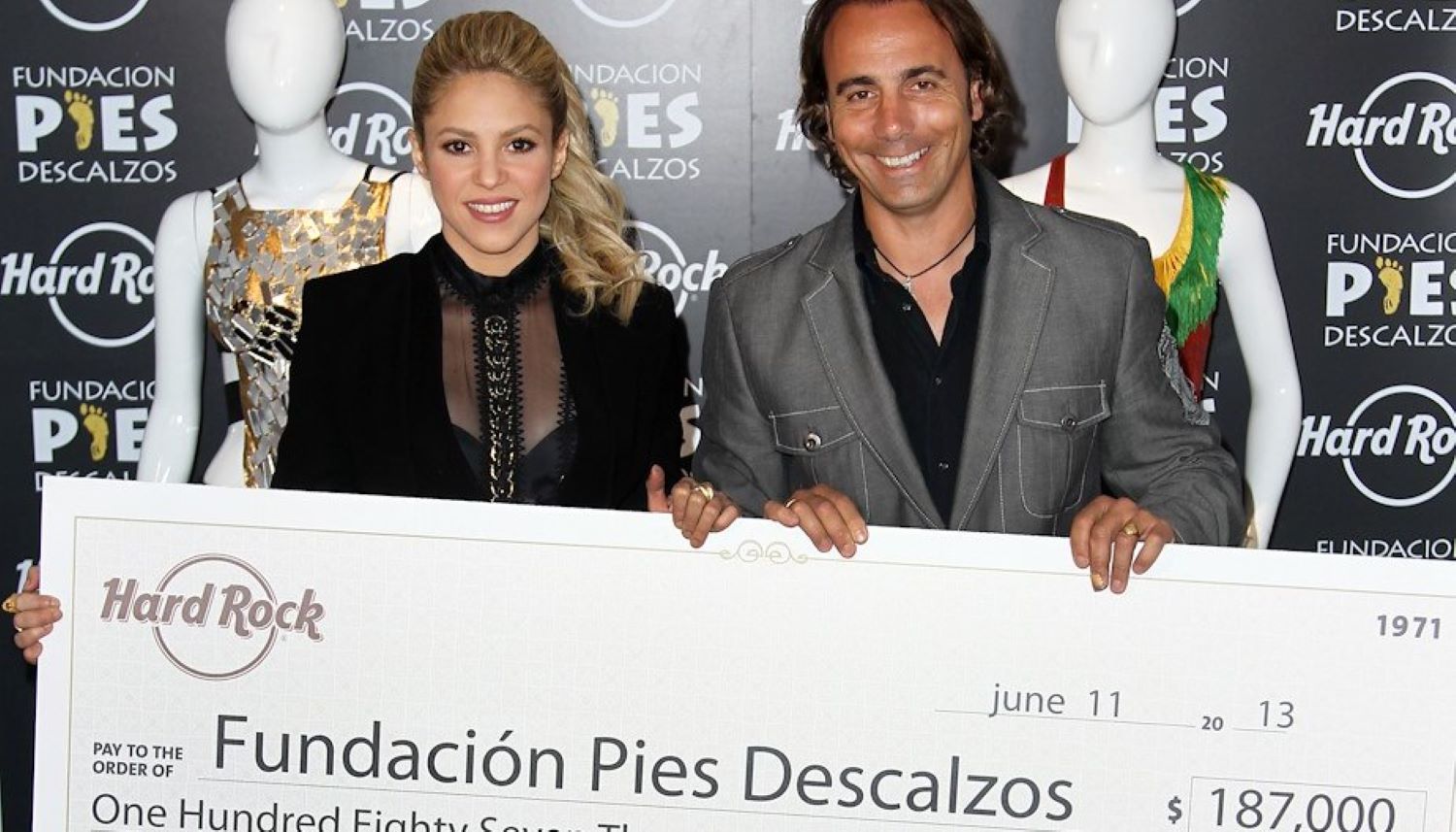
The resolution of this dispute saw Morton and Tigrett opening separate Hard Rock Cafes on the West Coast and East Coast, respectively. Morton’s Los Angeles location, supported by celebrities like Steven Spielberg and Willie Nelson, and Tigrett’s New York City venue, backed by Dan Aykroyd, both benefited from high-profile endorsements that further enhanced their marketing appeal.
This celebrity backing not only attracted media attention but also generated buzz and credibility, reinforcing the brand’s rock ‘n’ roll image.
“We were children when we started the thing together. We grew up with the business but in different directions, with different friends, different ideas about life and everything. We sorta grew apart, and thought it was best that we split up,” said Tigrett.
How Hard Rock Cafe’s Music Theme Fueled Its Success
Another major reason behind Hard Rock Cafe’s success is its theme music, which has set it apart as arguably the most successful themed restaurant ever.
The theme began with the original London location, where rock legends like Eric Clapton and Pete Townshend contributed to its growing collection of music memorabilia.
Eric Clapton donated a guitar to mark his favorite spot at Hard Rock Cafe, and Pete Townshend added one of his own with a note that said, “Mine’s as good as his.” This started a huge collection that now has about 86,000 pieces, including instruments, clothing, and even vehicles. It’s the largest and most valuable music memorabilia collection in the world.
Visitors to Hard Rock Cafe can see iconic items like John Lennon’s glasses, Michael Jackson’s jacket from the “Beat It” video, and an Elvis Presley gold leaf piano. The cafe also hosts live performances, with around 35,000 shows held annually across its locations worldwide.
In the 1990s, Hard Rock’s success even inspired other themed restaurants, such as Planet Hollywood, which focused on movies. Morton even sued Planet Hollywood, claiming they had copied his concept.
Planet Hollywood began in 1991 but went bankrupt before the decade ended, so it wasn’t as strong or long-lasting as Hard Rock.
Hard Rock’s Powerful Branding Strategies
Besides, Hard Rock has been very effective with its branding, which is also the main reason for its success.
Hard Rock claims to have over 80% global brand recognition, meaning many people are familiar with the brand, even if they haven’t visited. You’ve probably seen someone wearing their iconic merchandise, and many viewers might own one of those popular Hard Rock shirts. The logo was designed by Alan Aldridge, an artist known for working with musicians.
In the 1970s, Hard Rock sponsored a soccer team and printed too many shirts with the logo. They began giving them away to customers, and the positive response led to even more printing. This strategy helped spread the brand’s visibility.
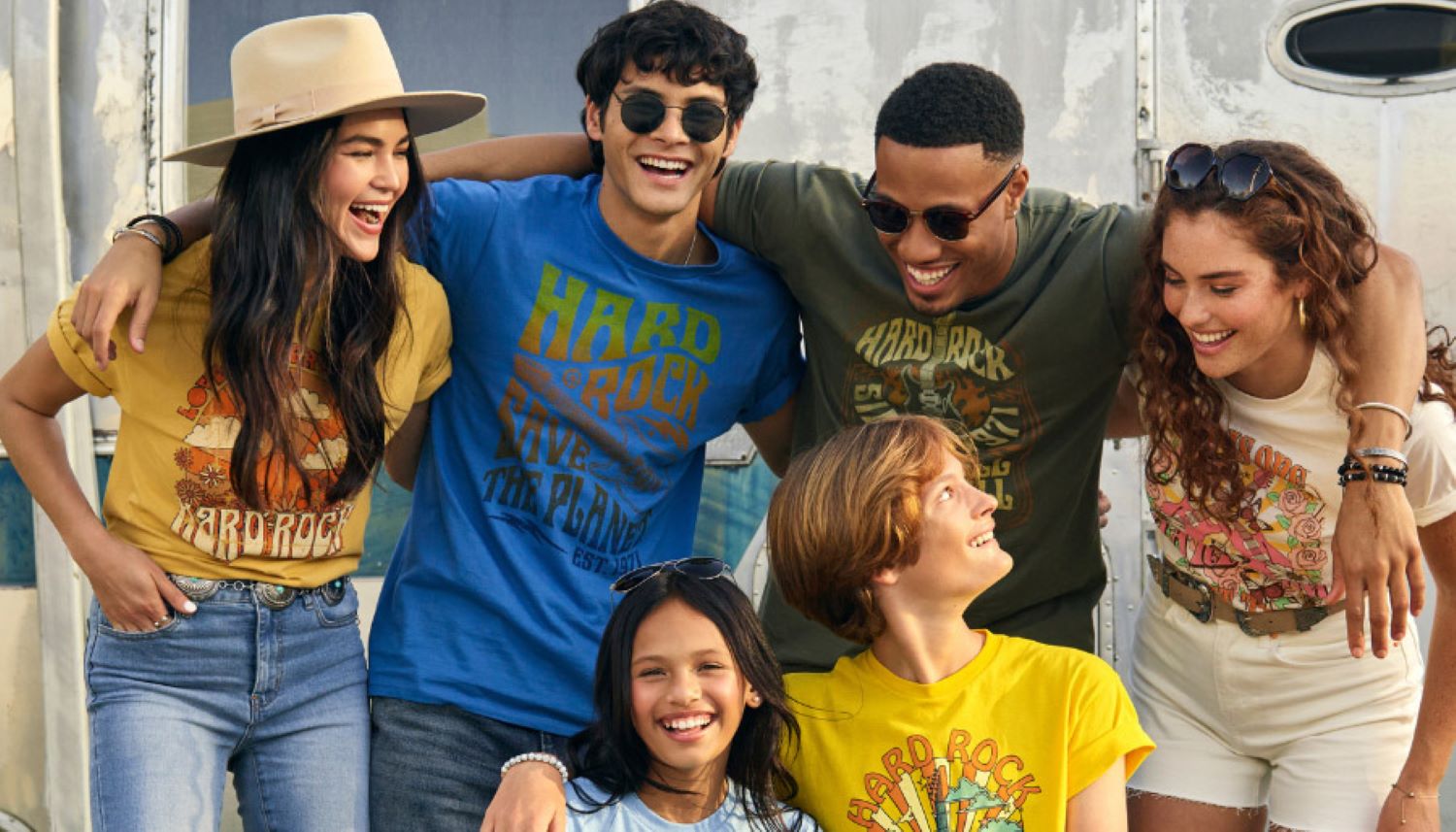
Other efforts to boost the brand include a $250 million deal in 2016 for the naming rights of the Miami Dolphins’ stadium, now called Hard Rock Stadium.
In 2021, they also signed a five-year deal with soccer star Lionel Messi to be a brand ambassador.
“His space in culture is just amazing,” said the chairman of Hard Rock International – Jim Allen. “His persona allows us to really do other things. Certainly yes, there is a marketing and business relationship here, but when you think about his influence on children and the world, I think it’s so special. To me, it’s another way we can expand our philanthropic efforts.”
With the new slogan #LIVEGREATNESS, inspired by the soccer star, Hard Rock aims to honor its history while advancing into the future.
“It’s a brand that represents music, and music is in all of our DNA,” said Allen. “As long as we are a great custodian to the world’s largest collection of music memorabilia, not just rock but any walk of music, I think Hard Rock has a great future in front of it.”
Hard Rock’s Expansion into Hotels and Casinos
Hard Rock’s growth is closely linked to its hotels and casinos. It started in 1988 when Isaac Tigrett sold his part of the Hard Rock brand. Eight years later, Peter Morton sold his part too, which led to the two Hard Rock companies merging under the British Rank Organization.
Under Rank’s ownership, Hard Rock partnered with the Seminole Tribe of Florida to open two hotels and casinos in the state, which performed exceptionally well.
In 2007, the Seminole Tribe bought the entire Hard Rock brand for almost $1 billion, the biggest purchase ever by a Native American tribe. This deal helped the tribe grow their successful gambling business. Since then, Hard Rock’s hotels and casinos have quickly expanded, with many new locations opening around the world.
“Hard Rock is a very strong brand,” said Jeffrey Harwood, an analyst with Oriel Securities in London. “It needs further capital to be injected in the business into expanding it, which is one of the reasons Rank decided to sell.”
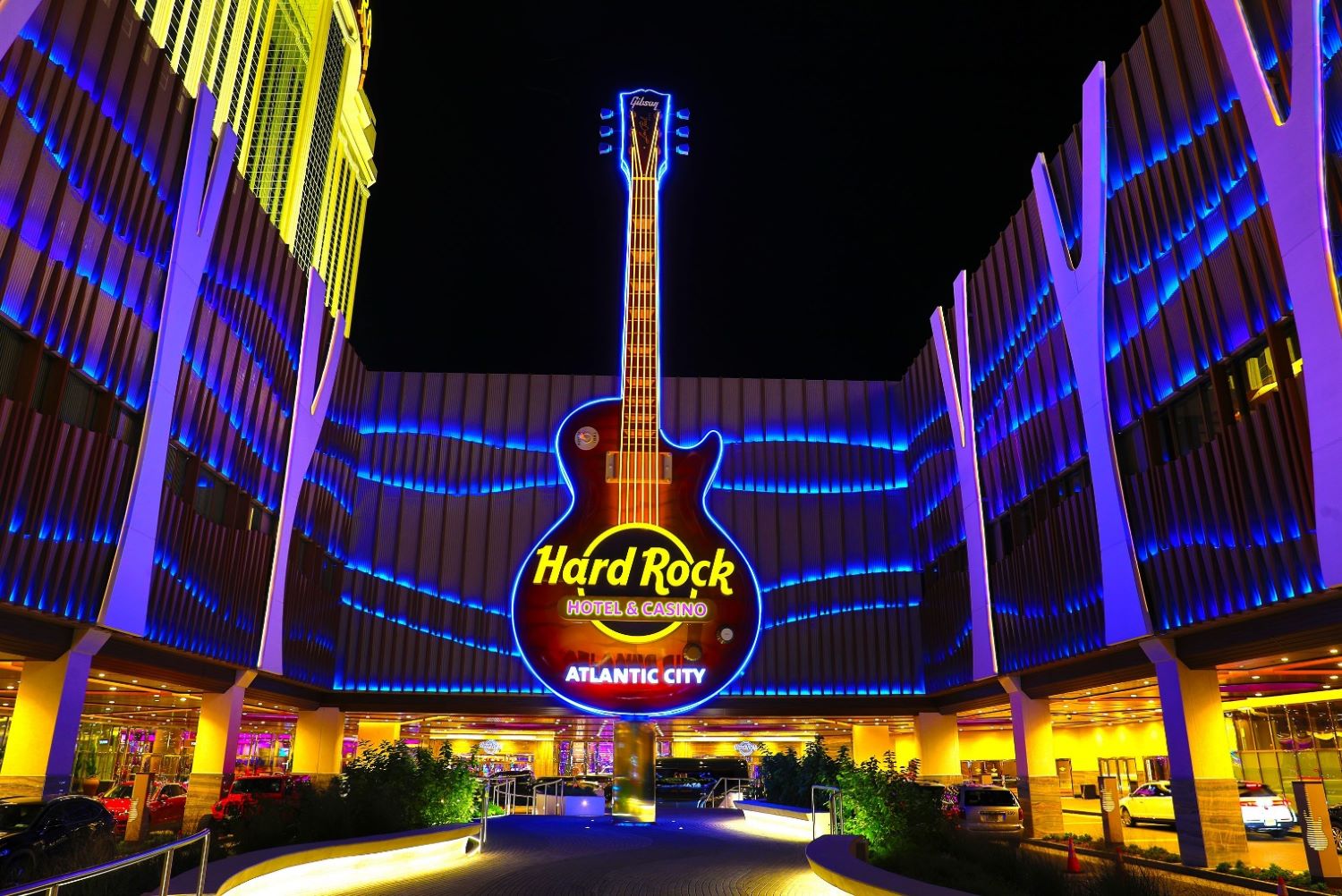
“This is a proud moment for the Seminole Tribe of Florida and for all Indian tribes,” said Mitchell Cypress, chairman of the elected Tribal Council. “It is also an opportunity for the Seminole Tribe to diversify its business operations and help a very successful company to achieve even greater growth.”
It’s important to mention that the original Hard Rock Hotel and Casino in Las Vegas, which opened in 1995, was not part of the Seminole acquisition and has had separate ownership. This iconic Las Vegas hotel closed in early 2020 and reopened about a year later under the Virgin Hotels brand.
Meanwhile, the main Hard Rock company continued to grow, making headlines in 2022 by spending over $1 billion to acquire the Mirage from MGM. Plans are in place to transform the Mirage into a Hard Rock Hotel and Casino, featuring a massive guitar-shaped design, reminiscent of the one built in Florida in 2019.
Overcoming Hurdles and Embracing Opportunities: Hard Rock’s Path Forward
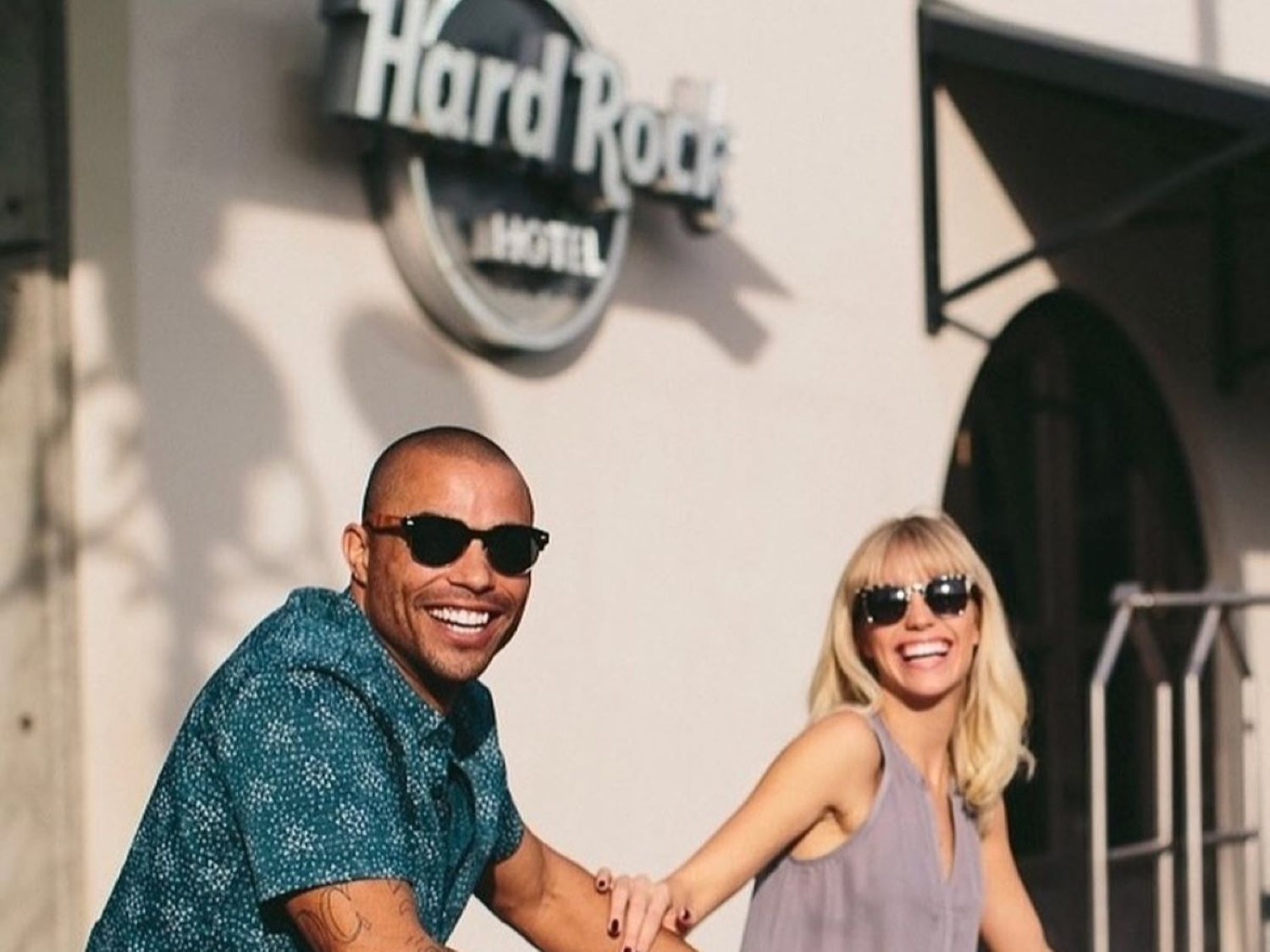
In October 2019, the Seminole Hard Rock Hotel & Casino in Hollywood, Florida, completed a $1.5 billion expansion. However, by September 2020, the casino had to lay off over 1,500 workers due to the COVID-19 pandemic. The restaurant industry, including Hard Rock Cafe, has been impacted by the pandemic, adding to ongoing struggles the brand had already faced.
Despite pandemic challenges, Hard Rock is growing its hotel business, with eight new hotels planned for Brazil. They are investing in technology and better guest experiences while integrating their hotels, casinos, and digital platforms. Throughout these changes, Hard Rock remains committed to its values of kindness and environmental care.
In July 2020, chairman Jim Allen candidly admitted that the brand was “barely open” in some markets. He noted that Hard Rock was already struggling to appeal to millennials, and the pandemic made things worse. “There’s no other way to describe it than it is struggling,” Allen said.
With so many entertainment choices today, Hard Rock Cafe has had to adapt. In 2020, they launched Hard Rock Digital to get into online sports betting and iGaming, showing their need to innovate. Even with strong competition, they are exploring new opportunities.
One major move was buying the Mirage casino in Las Vegas for $1.075 billion. The plan includes a new 1,000-room guitar-shaped hotel, transforming the Mirage from a classic casino to a modern integrated resort. The famous volcano fountain will be removed, despite some public protest.
The revamped Hard Rock Las Vegas will be similar to Hard Rock’s Guitar Hotel in Florida. This $1.5 billion hotel has a large casino, lots of gaming options, and a concert venue that attracts big names like Metallica and Dave Chappelle.
Hard Rock is expanding its properties worldwide and is set to do well in the future. They are also exploring new services like weddings, all-inclusive resort packages, and private event catering.

